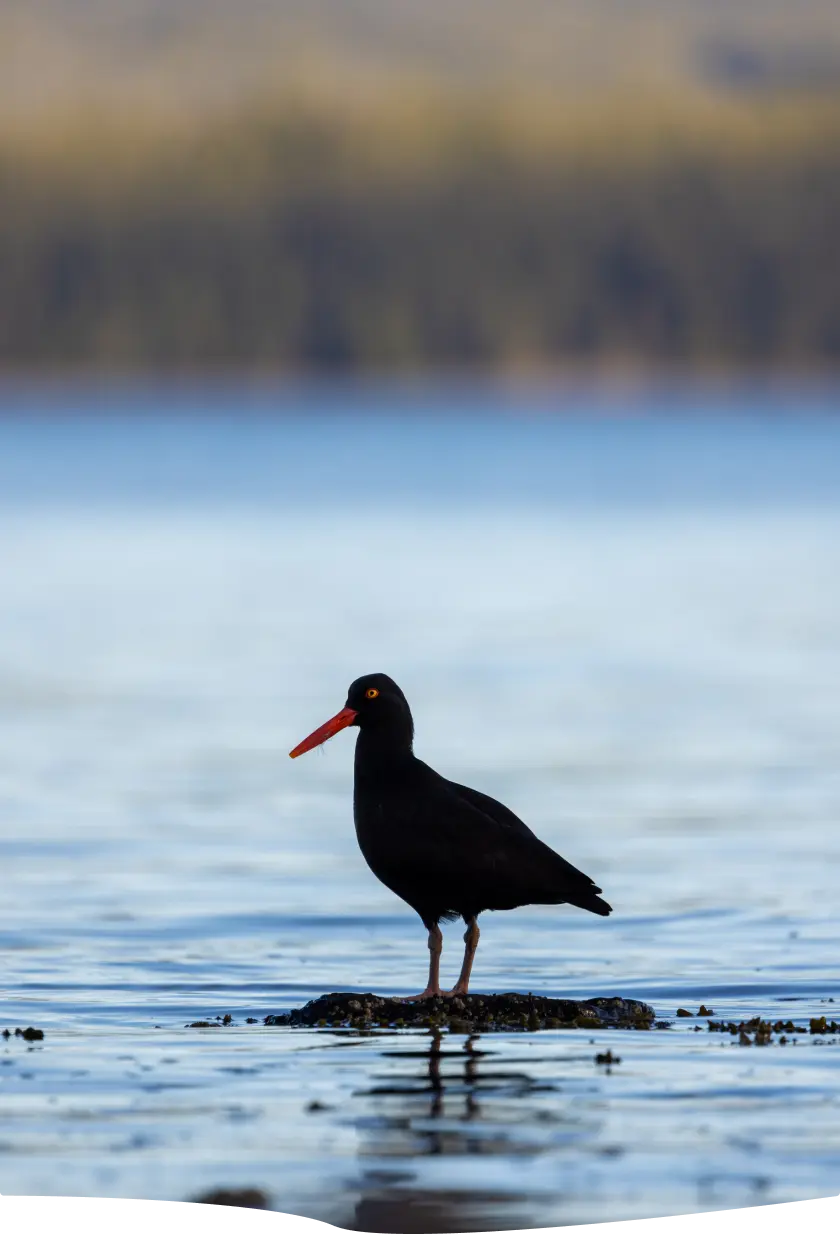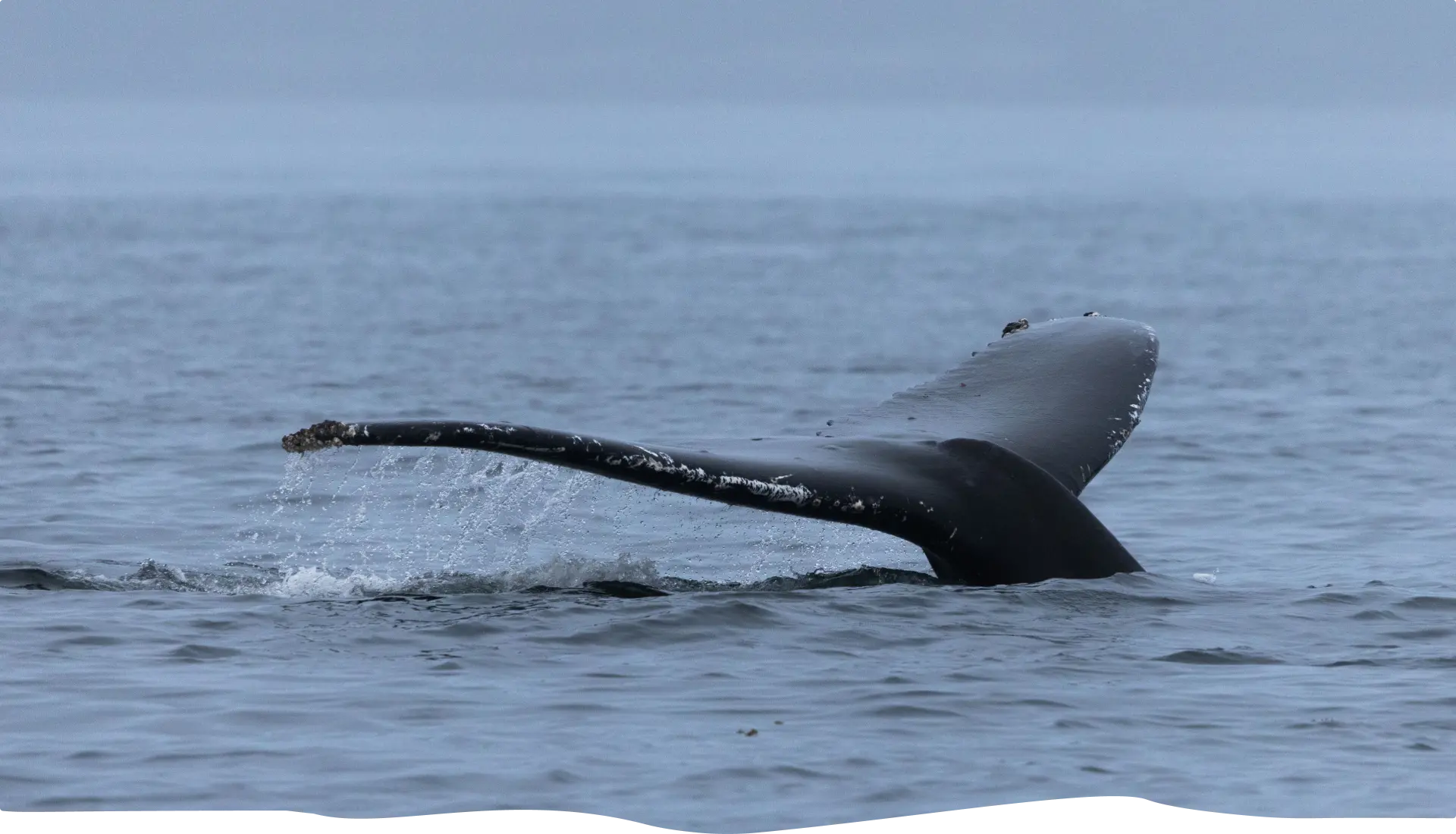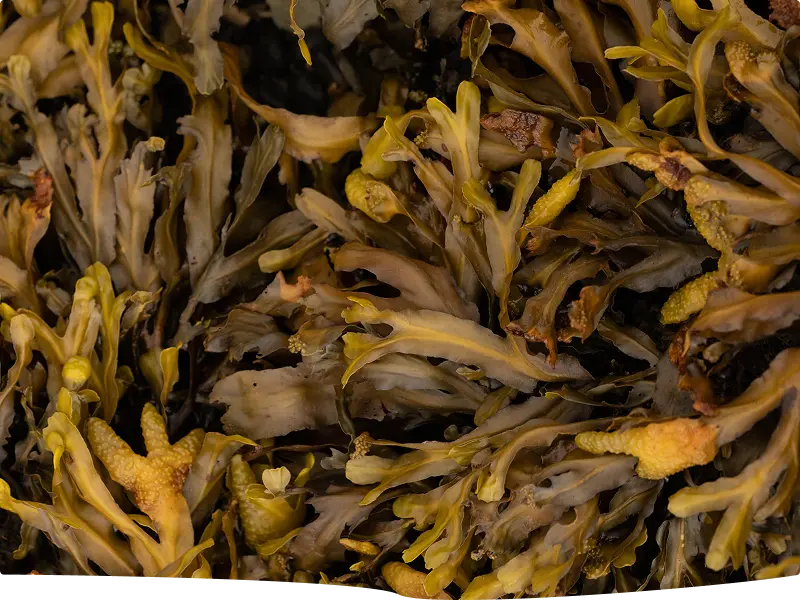The Galapagos of the north.
Natural & Cultural History
Canada’s Most Remote Archipelago
Formerly called the Queen Charlotte Islands, Haida Gwaii is an archipelago 100 kilometres off the west coast of northern British Columbia.



An isolated group of around 140 islands, large and small, measuring about 80 km wide by 240 km long, Haida Gwaii is the most isolated land mass in Canada and often referred to as the Galapagos of the North.
Because of their remoteness, the islands are a natural laboratory for studying evolution. Several species of plants, lichens and moss are unique to Haida Gwaii. There are relatively few animal species here, 10 native land mammals – 6 of them are unique subspecies found nowhere else.
The only real predator here is the Haida Gwaii black bear (Ursus Americanus Carlottae | One of the largest subspecies of black bear in the world). Find them feeding along the shoreline, in the spring/summer thriving on a diet of crab, and in the fall/winter on salmon. As a result, they have developed larger jaws and teeth than black bears found on the mainland.
Haida Gwaii
Islands Of the People.

Haida Gwaii
Islands Of the People.
Archaeological records suggest that the islands of Haida Gwaii have been inhabited for as long as 12,500 years, the Haida people developing a complex and thriving society throughout generations.
The name Haida Gwaii means “Islands of the People” and over 800 archaeological sites on Haida Gwaii bear evidence of Haida ancestry.



Naden Harbour Whaling Station
Between 1911 and 1941, the site now home to QCL was the location of the Naden Harbour Whaling Station. The Pacific Whaling Company established two stations in Haida Gwaii, the second on Kungit Island at Rose Harbour. During the summer months, whalers embarked on coal-fired, steam-powered, steel-hulled ships to hunt whales in the deep waters off the island’s west coast.
Today, we’re fortunate to witness these majestic creatures in our waters.
Humpback whales migrate here after wintering in Hawaii to feed in the food-rich waters off Haida Gwaii and Alaska. Grey whales also make their journey from Baja California, migrating along the island’s east coast northward toward Alaska. Orcas pass through the area year-round, often in small groups of 3-6 transients, or in larger pods of 20-30 residents further offshore. On occasion, other species like Minke whales, Dall’s Porpoises, and Pacific White-sided Dolphins can also be spotted.